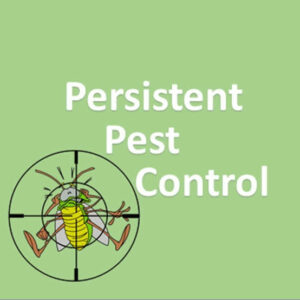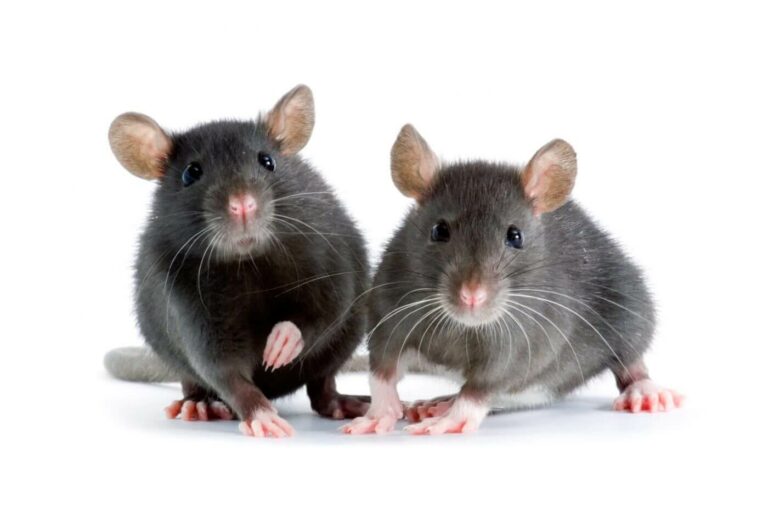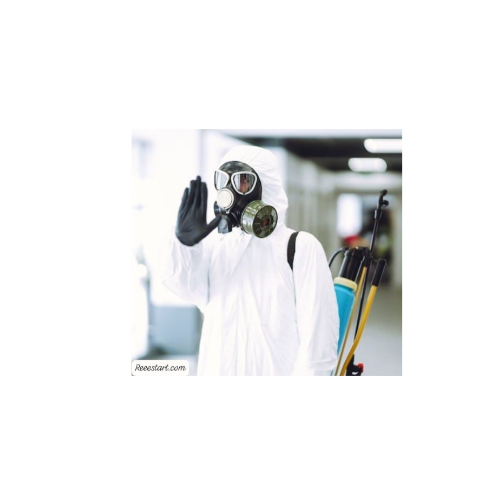Persistent issues in Pest Control, such as recurring infestations, are a significant challenge for pest control companies in Dubai. These issues, if not handled effectively, can lead to dissatisfied customers, loss of business, and financial losses. When a company fails to control persistent problems such as cockroaches, termites, rodents, or other pests, it risks damaging its reputation and alienating clients. Here’s a deep dive into the reasons why pest control companies struggle with persistent infestations and how to effectively address them.
Why Is Inability to Control Persistent issues in Pest Control a Major Problem?
Persistent issues in Pest Control problems can cause damage to property, spread diseases, and contaminate food sources. Additionally, they can lead to financial losses, health issues, and damage to reputation.
- Damage to Reputation: When a company fails to solve a recurring pest problem, customers may become frustrated and lose trust in the company’s ability to deliver results. This leads to negative reviews, loss of referrals, and difficulty attracting new clients.
- Decreased Customer Retention: Customers expect lasting results. If your company is unable to control persistent issues, clients are less likely to renew contracts or recommend your services to others. Persistent issues can lead to a higher churn rate and decreased customer loyalty.
- Higher Costs: Failure to address recurring infestations can result in escalating costs. The more time, resources, and treatments required to handle a problem, the more expensive it becomes for your company. Additionally, the client may request additional treatments that eat into your profit margin.
- Negative Impact on Employee Morale: Constantly dealing with recurring infestations can lead to frustration among employees, especially technicians who may feel that they are not providing effective solutions. This can affect team morale and service quality, ultimately impacting customer satisfaction.

Why Do Pest Control Companies Struggle with Persistent Issues?
Pest control companies struggle with Persistent Issues in Pest Control because of the following:
- Inadequate Inspection and Diagnosis: One of the main reasons for persistent infestations is inadequate or incomplete inspections. Pest control companies may treat the symptoms of the problem but fail to identify and address the root causes, such as structural issues or external factors like neighboring properties.
- Improper Treatment Methods: Sometimes, companies may not use the most effective treatment methods or may rely on outdated pest control practices. This can lead to incomplete eradication of pests, resulting in repeated infestations.
- Lack of Follow-Up: Failing to monitor the effectiveness of treatments and not following up with clients after the initial service can lead to recurring problems. Without proper monitoring and customer feedback, companies may miss the opportunity to correct any issues early on.
- External Factors: In some cases, persistent infestations may be due to factors outside the company’s control, such as neighboring properties harboring pests, seasonal changes that drive pests indoors, or structural issues that need to be addressed by contractors.
Solutions to Effectively Address Persistent Issues in Pest Control
- Thorough Inspections Before Treatment: To prevent persistent infestations, ensure that a comprehensive inspection is conducted before any treatment is applied. This includes looking for entry points, structural vulnerabilities, and external factors that may contribute to the problem. Identifying the root cause is critical to providing a lasting solution.
Practical Tip
Use technology like thermal imaging or moisture meters during inspections to detect hidden pests or potential problem areas that may not be visible to the naked eye.
- Use Modern, Integrated Pest Management (IPM) Techniques: Integrated Pest Management (IPM) is a more holistic approach that combines prevention, monitoring, and minimal use of pesticides. By implementing IPM, companies can effectively control pests while minimizing the environmental impact and increasing the likelihood of long-term success.
Practical Tip
- Combine multiple approaches, such as sealing entry points, using non-toxic traps, and implementing preventive measures like regular inspections, in addition to chemical treatments when necessary.
- Offer Preventative Solutions: Preventative pest control is essential for reducing the risk of recurring infestations. Offering clients long-term maintenance plans and regular check-ups can ensure that pest problems are managed proactively before they become severe.
Practical Tip
- Provide clients with seasonal pest management plans that target specific pests based on the time of year and regional conditions. For example, mosquito management during the summer and rodent control during the winter.
- Follow-Up and Monitor Effectiveness: After the initial treatment, follow up with clients to ensure that the pest problem has been fully resolved. Monitoring the effectiveness of your treatment is key to ensuring the problem does not recur.
Practical Tip
- Schedule follow-up visits after a treatment to assess whether the solution was effective and ask for customer feedback to address any concerns. Consider offering re-treatment guarantees to provide peace of mind to your clients.
- Address Structural and Environmental Issues: In cases where structural issues or external factors contribute to persistent pest problems, work with contractors or property owners to address these concerns. Sealing cracks, fixing leaks, and ensuring proper sanitation can help prevent pests from returning.
Practical Tip
- Collaborate with construction or maintenance companies to provide a full-service solution that includes both pest control and property maintenance to prevent infestations from recurring.
- Educate Clients on Pest Prevention: Educating clients about pest prevention techniques can significantly reduce the likelihood of future infestations. Provide them with tips on keeping their environment clean, such as proper waste management, sealing food containers, and fixing water leaks.
Practical Tip
- Include pest prevention advice in your customer reports or service follow-ups. This can help build trust and show that you care about the long-term well-being of your clients.
- Regularly Update Treatment Methods: The pest control industry is constantly evolving, with new techniques, equipment, and pesticides being developed regularly. Staying up-to-date with the latest methods ensures that you are providing the most effective solutions to your clients.
Practical Tip
Attend industry conferences, workshops, and training sessions to stay informed about the latest pest control technologies and best practices.
Persistent issues in Pest Control are a major challenge for pest control companies in Dubai. If not addressed effectively, these issues can damage your reputation, harm customer retention, and increase costs. However, by conducting thorough inspections, using modern pest control techniques, offering preventative solutions, following up with clients, and addressing environmental factors, you can effectively tackle these challenges.
Investing in advanced pest control methods, educating clients on prevention, and maintaining regular monitoring will significantly improve your ability to control persistent pest issues. With the right approach, your company can build a reputation for delivering lasting, effective solutions, ensuring long-term success in Dubai’s competitive pest control market.




